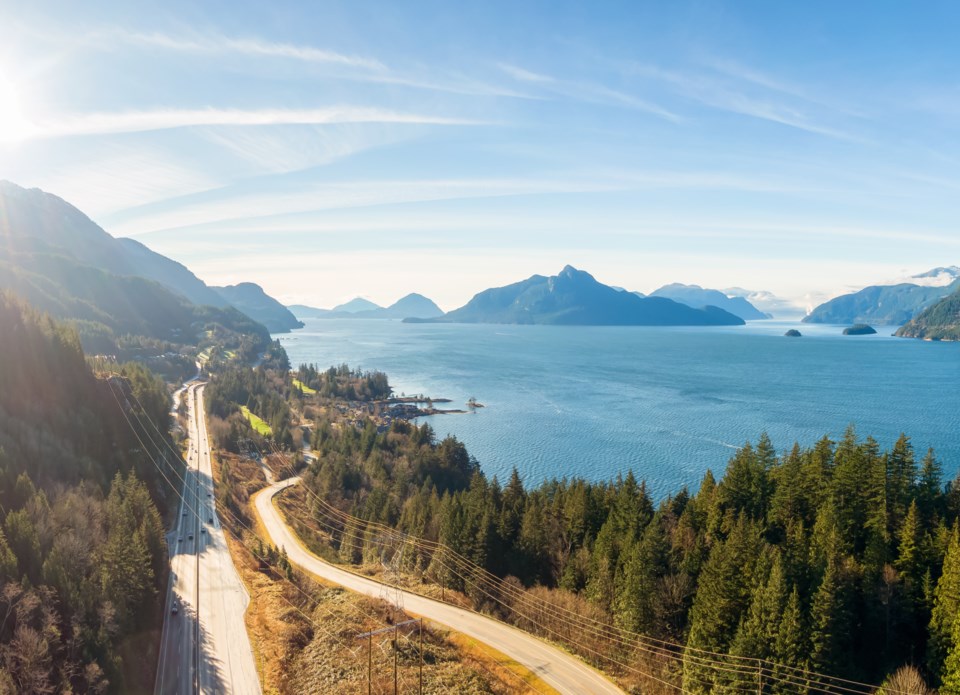As we are approaching World Environment Day on June 5, let’s take a moment to highlight how fortunate we are as Canadians to have some of the most iconic and pristine wilderness areas in our very own backyard. Each year, 75 per cent of Canadians participate in outdoor recreation activities, and more than 22 million overseas visitors come to spend time in our beautiful country, many of whom hope to see our epic mountains, endless lakes and unique wildlife. In fact, outdoor recreation is such a part of the Canadian identity, that it contributes $98 billion to our economy each year.
Being aware of the richness of our natural resources, I can’t help but wonder: why is it so difficult to access outdoor recreation destinations by public transportation? As the executive director of Protect Our Winters Canada (POW), a national organization for the outdoor community on climate change issues, it’s a question I make it my duty to answer—and more importantly—to find a solution to.
Like me, you have probably noticed that it’s very difficult and complex to take public transportation if you want to get to national parks, or even local trailheads. Especially in the large metropolitan areas such as Whistler, where it is almost impossible to get out into nature without using a car.
Whistler averages about 8,200 visitors a day. The Sea to Sky corridor in B.C., which stretches from Vancouver to Whistler, exemplifies the need to increase and diversify accessible public transit options such as passenger railways. With an average group size of 1.9, that amounts to about 4,300 cars on the Sea to Sky each day.
Not only are Canadians missing out on enjoying our most incredible natural spaces, but Canadian communities are missing out on the jobs and economic benefits that come with increased sustainable tourism and the ability to move around regional areas with ease.
It is sadly ironic that in order to enjoy our natural heritage—which is part of our cultural DNA—we have little option but to add to the emissions that are changing these places irreparably, by using private vehicles to get there. As people who love spending time in nature, that’s pretty uncomfortable to hear—and it’s why we want to be part of the solution.
Two weeks ago, I travelled to Ottawa to meet with ministers and policy advisors using only public transportation, a 10-hour trip on two trains and four buses. It was through this bold visit that I wanted to illustrate this national problem and propose concrete solutions, including a national transportation strategy that includes rural and outdoor recreation destinations.
All Canadians should be able to enjoy the beauty of our natural spaces without contributing to the climate crisis. Being in nature is the quintessential Canadian experience—and we all have the right to enjoy it.
Join me in ensuring that our government prioritizes sustainable transit solutions for our outdoor community and makes this issue a top priority!




